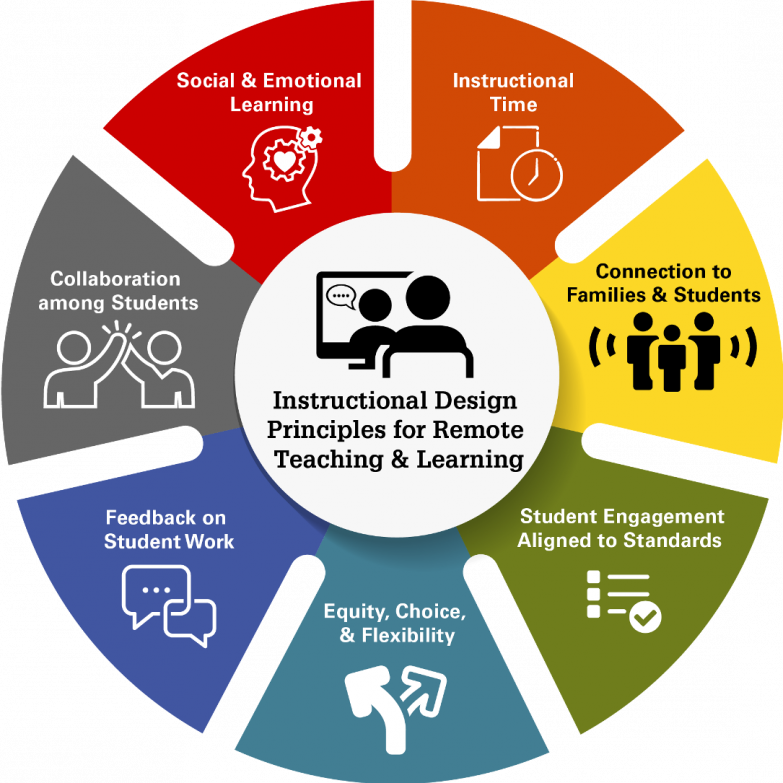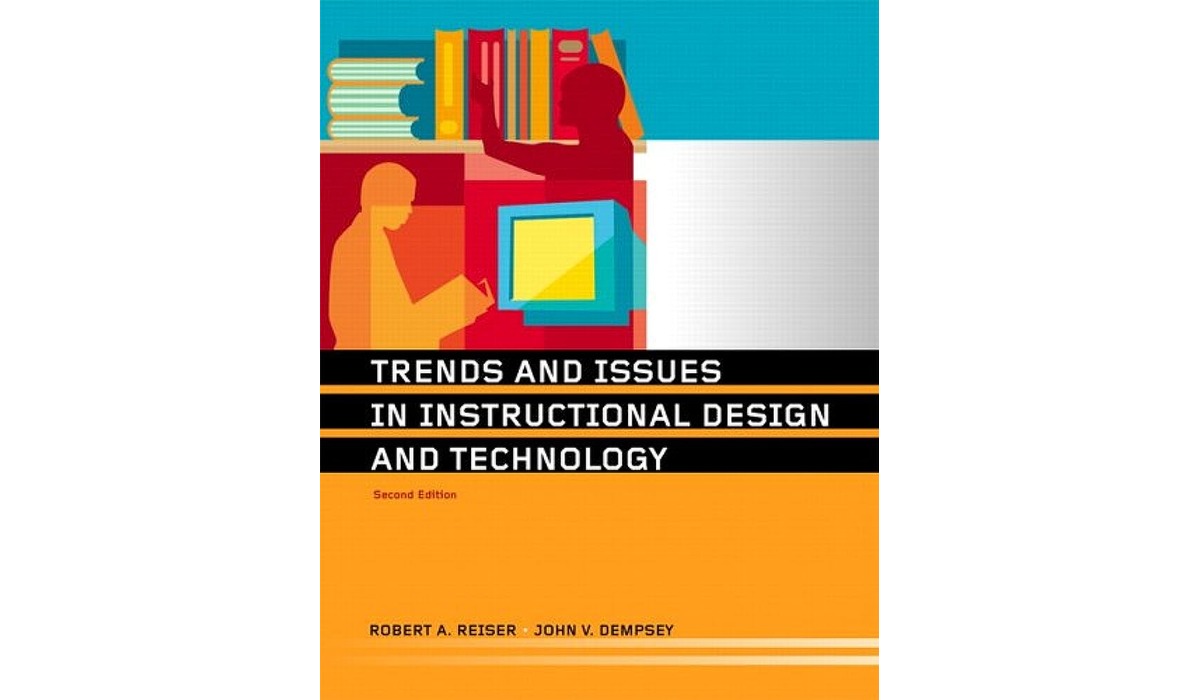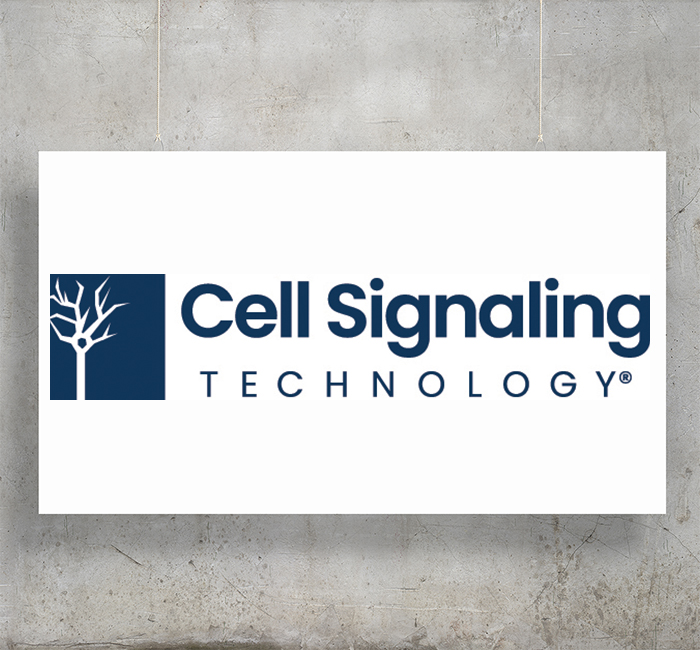Grants for Classroom Technology: Empowering Learning
Grants for classroom technology are a lifeline for educators seeking to transform their classrooms into dynamic learning environments. These grants provide valuable funding for essential resources, empowering teachers to implement […]

Grants for classroom technology are a lifeline for educators seeking to transform their classrooms into dynamic learning environments. These grants provide valuable funding for essential resources, empowering teachers to implement innovative teaching methods and enhance student engagement.
From interactive whiteboards to cutting-edge software, technology has the potential to revolutionize the learning experience. It allows students to access information readily, collaborate with peers, and explore complex concepts in engaging ways. However, many schools struggle to afford these technological advancements, making grants a crucial source of support.
Finding Grants for Classroom Technology

Securing funding for classroom technology can be a challenge, but it’s essential for providing students with access to the tools they need to succeed in today’s digital world. Grants offer a valuable avenue to acquire the latest technology and enhance educational experiences.
Reputable Online Resources for Grant Searches
Teachers can utilize various online resources to find grants specifically designed for classroom technology. These resources provide a centralized platform for grant seekers, offering a wide range of funding opportunities.
- The Foundation Center: This comprehensive database houses information on thousands of foundations and grantmakers across the United States. Teachers can search for grants based on their location, subject area, and specific technology needs.
- Grants.gov: This federal government website serves as a central hub for federal grant opportunities. Teachers can find grants for various educational initiatives, including those related to technology integration.
- DonorsChoose.org: This platform allows teachers to create project proposals for funding specific classroom needs, including technology. Donors can directly contribute to projects that resonate with them.
- Edutopia: This website provides valuable resources for educators, including a section dedicated to funding opportunities. It features articles, guides, and links to grant-making organizations.
- The National Education Association (NEA): This organization offers a variety of resources for educators, including a grants database that focuses on supporting innovative teaching practices, which often include technology integration.
Effective Grant Search and Application Strategies
A strategic approach to grant searching and application significantly increases the chances of securing funding.
- Identify Specific Needs: Clearly define the technology needs of your classroom. What specific tools will enhance student learning, and how will they address specific curriculum goals?
- Research Grant Opportunities: Utilize the online resources mentioned earlier to identify grants that align with your classroom needs. Pay attention to eligibility criteria, funding amounts, and application deadlines.
- Tailor Applications: Craft compelling grant proposals that showcase the impact of the technology on student learning. Highlight the specific benefits, provide concrete examples, and demonstrate the alignment with the grant’s objectives.
- Seek Support and Collaboration: Collaborate with colleagues, administrators, and community partners to strengthen your grant proposal. Their expertise and support can enhance the project’s feasibility and impact.
- Follow Up: After submitting your application, follow up with the grantmaker to inquire about the status of your proposal.
Matching Grant Criteria to Classroom Needs
Successful grant applications demonstrate a clear understanding of the grant’s criteria and how they align with the specific needs of the classroom.
“The key is to find grants that are a good fit for your project, not just any grant that’s available.”
- Grant Focus: Carefully analyze the grant’s purpose and target areas. Does it prioritize technology integration, STEM education, or specific subject areas?
- Eligibility Requirements: Ensure your classroom, school, and district meet the eligibility criteria Artikeld by the grantmaker.
- Funding Amount: Consider the funding amount offered by the grant and determine if it’s sufficient to cover the costs of the technology you’re seeking.
- Project Timeline: Assess the grant’s timeline and determine if it aligns with your project’s implementation timeframe.
Implementing Technology in the Classroom: Grants For Classroom Technology

Integrating technology into the classroom is not just about adding devices; it’s about transforming teaching and learning. It’s about creating engaging and interactive experiences that empower students to become active participants in their education. Effective implementation requires careful planning, thoughtful selection of tools, and ongoing professional development for teachers.
Strategies for Effective Integration
Integrating technology into the classroom curriculum effectively involves a systematic approach. Teachers should consider the following strategies:
- Align technology with learning objectives: Technology should be used to enhance and support specific learning goals, not simply for the sake of using it. For example, if the objective is to improve writing skills, teachers could use online writing tools or collaborative platforms.
- Start small and build gradually: Don’t try to implement everything at once. Begin with one or two specific tools or applications and gradually expand as teachers and students become more comfortable.
- Provide opportunities for student choice: Offer a variety of technology-based activities and allow students to choose options that align with their interests and learning styles. This fosters engagement and motivation.
- Emphasize collaboration and communication: Technology can facilitate collaboration among students and between students and teachers. Use tools that allow for real-time communication, shared documents, and collaborative projects.
- Incorporate technology into all subject areas: Technology can be used to enhance learning in all disciplines, from math and science to history and literature. For example, students can create interactive timelines, conduct virtual experiments, or explore historical events through immersive simulations.
Innovative Technology-Based Teaching Methods
Technology offers a range of innovative teaching methods that can transform the learning experience:
- Flipped classrooms: In a flipped classroom, students watch lectures or learn content outside of class, freeing up class time for interactive activities, problem-solving, and collaborative projects. This approach empowers students to take ownership of their learning and engage in deeper understanding.
- Gamification: Gamification involves incorporating game-like elements into learning activities to increase engagement and motivation. This can include points, badges, leaderboards, and challenges, creating a more fun and rewarding learning experience.
- Virtual reality (VR) and augmented reality (AR): VR and AR technologies provide immersive and interactive learning experiences that can transport students to different environments, time periods, or scenarios. For example, students can explore ancient civilizations through VR or dissect a virtual frog in AR.
- Personalized learning: Technology can be used to create personalized learning paths tailored to individual student needs and learning styles. Adaptive learning platforms adjust the difficulty of content based on student performance, providing targeted support and challenges.
- Project-based learning: Technology can facilitate project-based learning, where students work in groups to solve real-world problems or create innovative solutions. They can use technology to research, design, prototype, and present their projects.
Importance of Ongoing Professional Development, Grants for classroom technology
Ongoing professional development is crucial for teachers to effectively use classroom technology. It helps them:
- Stay up-to-date with emerging technologies: The world of technology is constantly evolving, and teachers need to be aware of new tools and strategies to effectively integrate them into their classrooms.
- Develop pedagogical skills: Professional development programs can provide teachers with the knowledge and skills to design effective technology-based lessons and activities that support student learning.
- Learn best practices for using technology in the classroom: Teachers can share experiences and best practices with colleagues through professional development, creating a collaborative learning environment.
- Address technical challenges: Professional development can help teachers troubleshoot technical issues, access support resources, and learn how to manage classroom technology effectively.
Closure
Securing grants for classroom technology requires careful planning and a compelling proposal that highlights the project’s impact on student learning. By understanding the grant landscape, crafting a strong proposal, and effectively implementing the technology, educators can unlock a world of possibilities for their students.
Securing grants for classroom technology can be a challenge, but the rewards are significant. From interactive whiteboards to virtual reality headsets, these tools can enhance learning and engagement. If you’re interested in a career in the medical field, you might consider exploring surgical technology scholarships , which can help you pursue your education and contribute to patient care.
With the right resources, both students and educators can benefit from the advancements in technology that are transforming the modern classroom.









